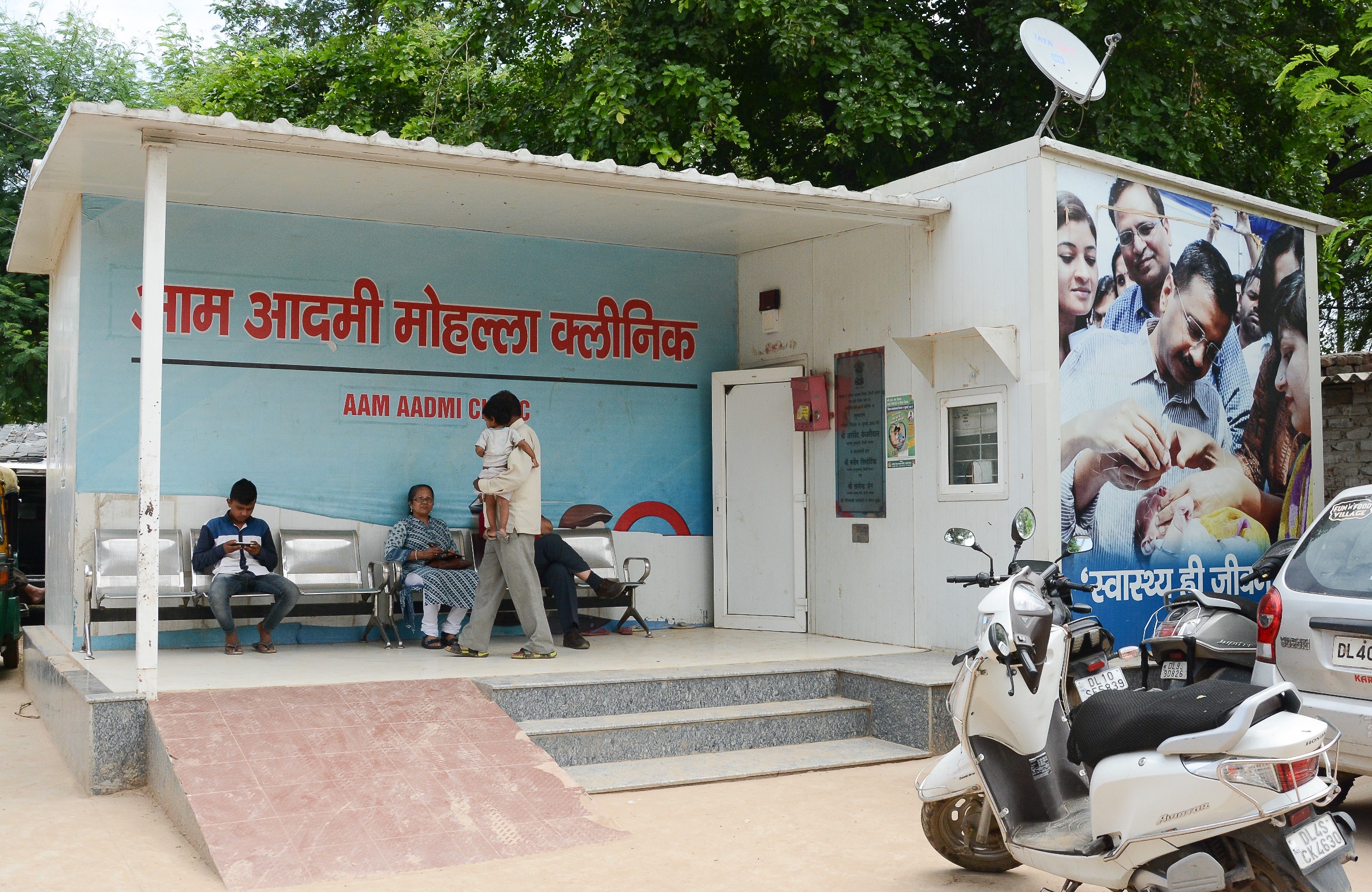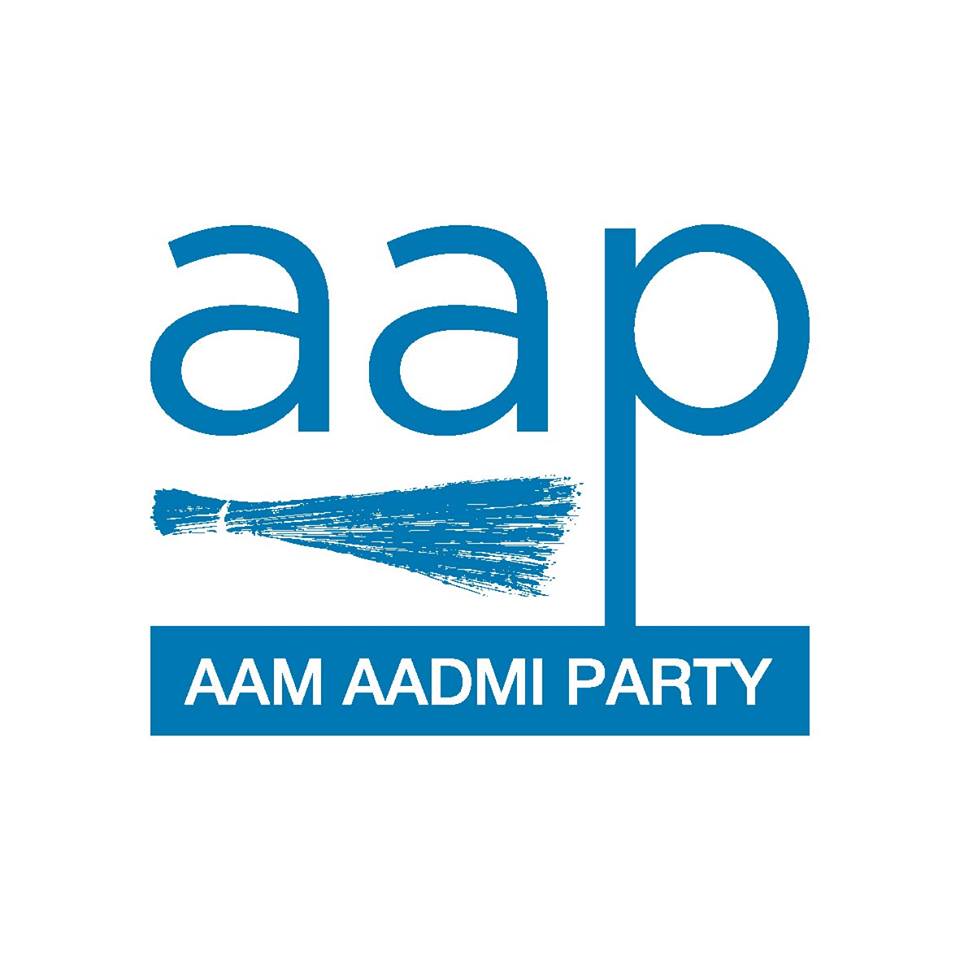
By Amar Kumar (Quora)
Jain’s biggest achievement is to think like an ethical hacker, he breaks many of the existing assumptions and conventions. You might have read hundreds of articles/posts/tweets about the benefits of Mohalla Clinics from the domestic media, international media, scientific journals and organizations, but this article will unveil why Mohalla Clinics benefit the people of Delhi like nothing else in the past. What is so special about it? Why was it not thought of before? Is it all a mirage created by a few enthusiastic AAP supporters? Why is the Head of the World Health Organisation (WHO) finding this solution innovative? At the end of the day it is a single doctor sitting in a small room, isn’t it?
Part One – Approach Taken
First, Jain ignored the Primary Healthcare Center (PHC) definition as stipulated by National Health Mission. When the idea was floated then some officials said that if they wanted to call it a PHC, then they would need to provide all the required 8–9 services. Jain said “Fine, let’s only cover 6–7 of these and not call them PHCs.” “Then it’s OK”.
Jain simply ignored the existing standards and created a new standard. Another radical approach was to create 100 “dummy clinics” which are identical to proposed clinics in terms of service but rather in a rented room. All of these will be dismantled later. They only serve the purpose of preparing the back end supply chain for the full scale expansion.
Second, Enormous scale – a model of going from 0 to 1000 clinics in a city. This is an unparalleled expansion. The initial target was 500 in the first phase and 500 in the next. After the positive feedback, Kejriwal decided to go for a thousand in one phase.
Third, Nature of construction – prefabricated “Porta cabin”, a temporary structure. This implies – faster construction time as they don’t need to dig a foundation or erect any brick walls.
Fourth, Bureaucracy circumvented – By virtue of being temporary structures, they don’t require any of the construction permits. Another factor which enables enormous scale is ability to award bulk tenders. Can a government give out tender of constructing 250 dispensary buildings to one contractor? The AAP government can do so in the case of Mohalla Clinics.
Fifth, Very low cost i.e. 4% of the earlier budget! – Rs 20 Lakh instead of the usual 5 crore for a full fledged dispensary building. Of course a dispensary will have more space and lifespan, but Mohalla Clinics are almost equal in terms of the range of services. In fact they are fully air-conditioned and hence more comfortable for visitors.

Sixth, In-house testing capabilities – Of the 200 free tests many can be conducted right at the Clinic, which is unique on this scale. For other tests patients just needs to visit one more time.
Seventh, Zero employees in 1000 clinics: The entire staff is “empanelled” and no one is hired as a state government employee. The doctors are paid less per patient than a cobbler makes per customer! Yet, many of them end up making more than 1 Lakh per month for 4 hours of duty! As a result of such an incentive structure, doctors behave nicely with every patient so that they keep visiting.
Eighth, Cutting edge digital technologies – Attendants enter all the details via a tablet. Now patients do not have to carry their medical records, even if they visit another clinic. Another innovation is the Medicine vending machine, which dispenses the required medicine on relevant inputs.
Part Two – Impact Generated
Ninth, Proximity. As it is a small structure with minimal construction, it can be erected bang in the middle of densely populated areas. It doesn’t matter if it is a slum or an unauthorized colony. In fact, the very first one was constructed at the Peeragarhi relief camp.

Tenth, A visit to the doctor visit is no longer a days-long mission for the poor.
Eleventh, Undiagnosed patients are being discovered.
Earlier scenario for those without access to affordable healthcare:
Wait for the problem to appear
Wait until it’s unavoidable
Wait more
Finally visit the doc as mentioned in the point above and after 2–3 days of running around get the final prescription
Take it or leave it (in case prescribed medicine is costly)
Keep on going till the body fails again
Today, even if they don’t have any serious problem, they are visiting for minor symptoms e.g. elders visiting for back pain are getting the BP/sugar checked along with the consultation. Many are detecting shocking level of Type 2 diabetes/ hypertension for the first time. If these “non-urgent” patients are treated earlier, then it will save the government a lot of effort at a later stage.
Twelfth, Incredible cure rate – Clinics were predicted to have a cure rate of 85% but surprisingly the actual cure rate turned out to be 97%! This will help reduce the crowds in government hospitals.
All these 12 factors are together transforming Delhi’s healthcare landscape, hence many countries/states are intrigued by the concept of Mohalla Clinics. If you are interested in knowing more details then watch this documentary. MCs is a minor achievement of Delhi health dept there is much more, read this answer to get an idea on how Jain is on his way to create a Scandinavian system in a third world country.
This article was first published on Quora by Amar Kumar. This is an edited version of Kumar’s article.


8 Comments